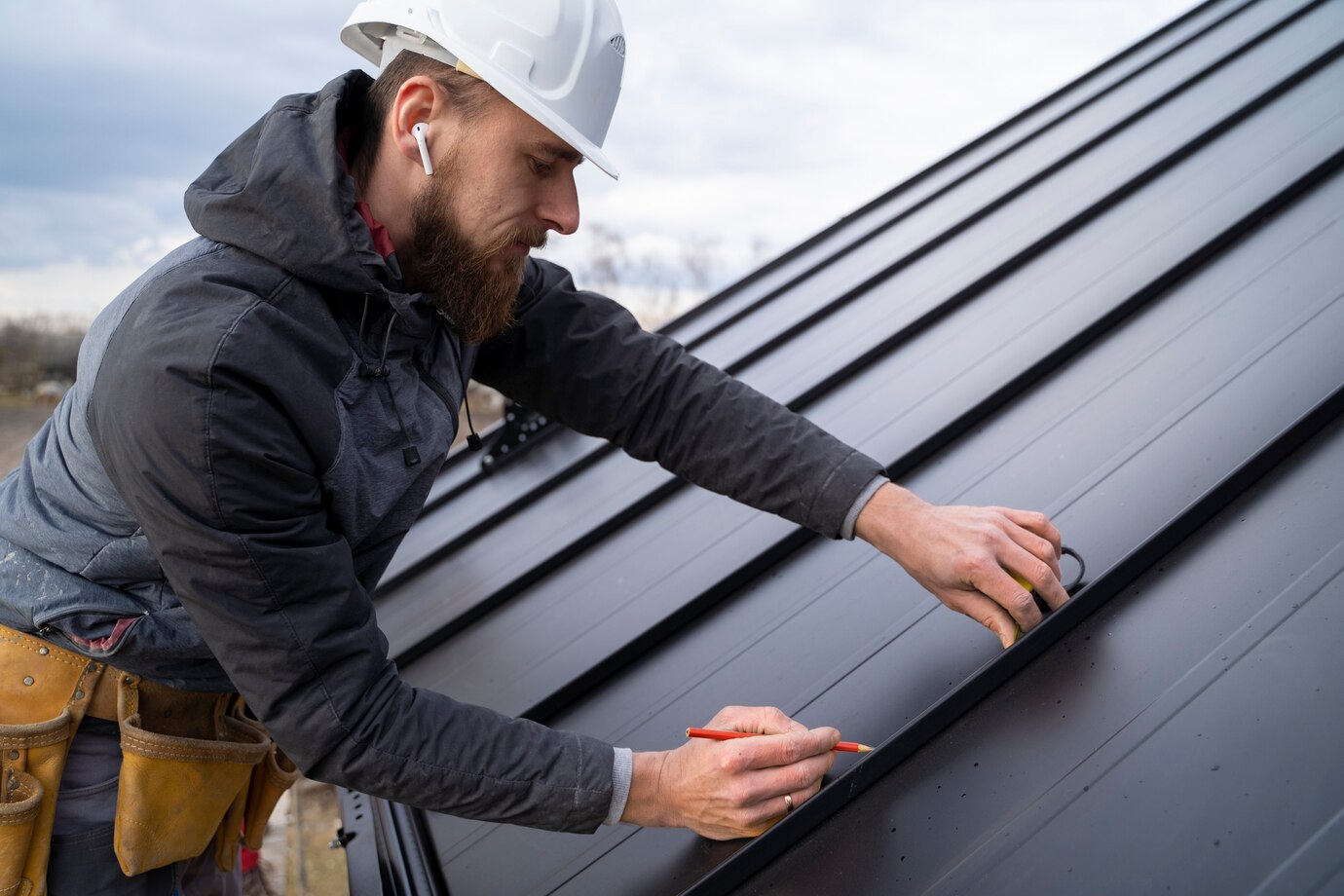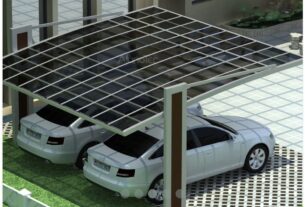A well-constructed roof is essential to protecting your home from the elements. Whether you’re building a new house or replacing an old roof, avoiding common mistakes can save you thousands of dollars in repairs. Poor planning, substandard materials, and improper installation can lead to leaks, structural issues, and a reduced lifespan for your roof.
In this guide, we’ll walk you through the most frequent roofing mistakes and how to prevent them. By following these expert tips, you can ensure your roof is built to last.
1. Choosing the Wrong Roofing Material
The type of roofing material you choose impacts your home’s durability, energy efficiency, and overall appearance. Homeowners often make the mistake of selecting materials based on aesthetics alone without considering climate, longevity, and maintenance requirements.
How to Avoid This Mistake:
- Consider your local climate. Asphalt shingles work well in moderate climates, while metal and tile roofs handle extreme weather better.
- Evaluate long-term costs. While cheaper materials might save you money upfront, they often require more frequent repairs.
- Research maintenance needs. Some materials require regular upkeep, while others are nearly maintenance-free.
2. Ignoring Proper Roof Ventilation
Ventilation plays a crucial role in extending your roof’s lifespan. Poor ventilation can trap heat and moisture in your attic, leading to mold growth, higher energy bills, and premature roof deterioration.
How to Avoid This Mistake:
- Install ridge and soffit vents to promote airflow.
- Ensure your attic has proper insulation without blocking vents.
- Regularly inspect your attic for signs of excess moisture, such as condensation or mildew.
3. Skimping on Quality Underlayment
The underlayment is a protective barrier that sits between your roof deck and shingles. It provides an extra layer of defense against water infiltration. Many homeowners and contractors cut corners by using low-quality underlayment or skipping it altogether.
How to Avoid This Mistake:
- Choose high-quality synthetic or felt underlayment for better durability and waterproofing.
- Ensure the underlayment is installed correctly, covering the entire roof surface with proper overlap.
- Never rely on shingles alone to protect against water damage.
4. Incorrect Installation of Flashing
Flashing is used around roof joints, chimneys, vents, and skylights to prevent leaks. Improper flashing installation is a common mistake that can lead to significant water damage over time.
How to Avoid This Mistake:
- Use high-quality metal flashing instead of relying on roofing cement or caulk.
- Ensure flashing pieces are properly layered and secured to prevent water infiltration.
- Regularly inspect flashing for signs of wear, rust, or damage.
5. Poor Nailing Techniques
Nails are the foundation of a secure roofing system. Improper nailing—such as using the wrong size nails, placing them incorrectly, or not using enough—can result in loose shingles, leaks, and wind damage.
How to Avoid This Mistake:
- Follow manufacturer guidelines for nail placement and spacing.
- Use corrosion-resistant nails that penetrate deep enough into the sheathing.
- Hire a reputable contractor who understands proper nailing techniques.
6. Not Hiring a Professional Contractor
Many homeowners try to cut costs by hiring inexperienced roofers or attempting DIY installations. While some minor repairs can be done independently, a full roof installation requires professional expertise.
How to Avoid This Mistake:
- Research contractors thoroughly and check online reviews.
- Verify that the roofer is licensed, insured, and experienced.
- Get multiple quotes and avoid choosing the lowest bid without considering quality.
7. Overlooking Roof Pitch Considerations
The pitch, or slope, of your roof, affects water drainage, material selection, and overall longevity. Choosing the wrong roofing system for your roof’s pitch can lead to water pooling and structural issues.
How to Avoid This Mistake:
- Ensure your chosen material is suitable for your roof’s pitch. For instance, flat roofs require special waterproofing systems, while steep-slope roofs work well with shingles or metal panels.
- Consult with a metal roofing company or roofing expert to determine the best material for your specific roof design.
8. Failing to Install Proper Gutter Systems
Gutters play a key role in directing water away from your roof and foundation. Improper gutter installation or neglecting to install them can result in water damage, erosion, and mold issues.
How to Avoid This Mistake:
- Install gutters that are properly sized for your roof’s drainage needs.
- Ensure gutters are securely attached and have the right slope for water flow.
- Clean gutters regularly to prevent blockages from leaves and debris.
9. Neglecting Regular Roof Inspections and Maintenance
Even the best-constructed roof requires periodic inspections and maintenance. Small issues can escalate into costly repairs if left unchecked.
How to Avoid This Mistake:
- Inspect your roof at least twice a year and after major storms.
- Look for missing shingles, cracked flashing, or sagging areas.
- Schedule professional inspections to catch hidden problems early.
10. Not Preparing for Extreme Weather Conditions
If you live in an area prone to hurricanes, heavy snow, or extreme heat, your roof must be built to withstand these conditions. Many homeowners fail to consider weather resistance when installing a new roof. The Federal Emergency Management Agency (FEMA) provides expert guidelines on disaster-resistant roofing materials and construction methods to help homeowners safeguard their properties against extreme weather.
How to Avoid This Mistake:
- Choose impact-resistant shingles or metal roofing in storm-prone areas.
- Reinforce roof structures in regions with heavy snowfall.
- Apply waterproof sealants or coatings for added protection.
Conclusion
Avoiding these common roofing mistakes can make a significant difference in your home’s durability, energy efficiency, and maintenance costs. Whether you’re hiring a contractor or overseeing the work yourself, understanding these pitfalls ensures a stronger, longer-lasting roof.
Invest in quality materials, follow proper installation guidelines, and stay proactive with maintenance. A little effort today can save you from costly roof repairs in the future. If you’re unsure about the best approach for your roof, consult a professional roofing expert to ensure your home remains safe and protected for years to come.




